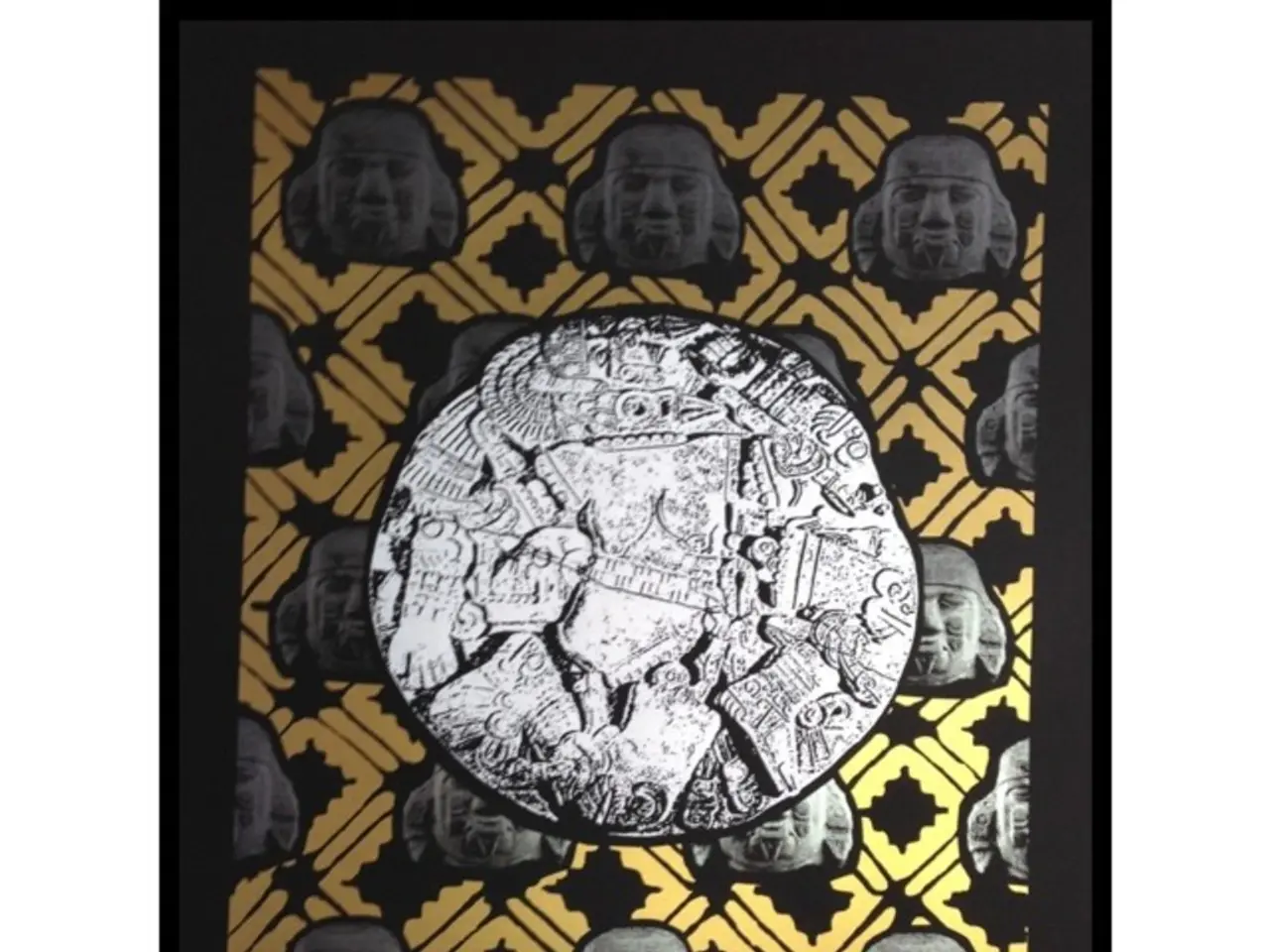Dodge Deepfakes and Artifical Facial Deceptions: Identification Strategies for Avoiding Fraudulent Recognition
In the rapidly evolving world of technology, the use of facial recognition systems has become ubiquitous, being employed in various sectors such as smartphones, airports, banks, fintech platforms, gaming services, dating apps, and crypto exchanges like Bitget. However, as these systems become more prevalent, so do the attempts to bypass them.
Advanced Deepfake Detection Algorithms
To combat deepfake-related biometric fraud, it's essential to employ advanced deepfake detection algorithms. These algorithms analyse temporal inconsistencies and identity vector differences between a live video and a registered authentic image. For instance, a recently proposed method evaluates video authenticity by detecting inconsistencies in identity feature dynamics extracted by high-performance face recognition models. It combines video and registered image inputs for more precise detection and shows robustness against image degradation, outperforming several baseline models on recognised datasets [1].
Liveness Detection
Liveness detection is another crucial component in defending against deepfakes and spoofing attacks. This technology verifies that biometric data is being generated by a live person in real time, rather than from a deepfake or replayed video. Liveness detection can catch pre-recorded videos, synthetic overlays, and even advanced deepfakes that mimic real expressions. It can be performed via webcam, smartphone, and other camera-equipped devices, and can be tested by presenting a static image, trying to pass verification with eyes closed, or using a face-spoofing prop [2][4].
Multifactor Authentication (MFA)
Combining facial recognition with other authentication factors like PINs, one-time passwords, or voice biometrics adds critical layers of security. If one layer is compromised by deepfakes, additional factors reduce the risk significantly. For example, voice biometrics analysis can detect anomalies in pitch or tone indicative of deepfake audio, enhancing overall fraud prevention when used alongside facial recognition [2].
Robustness to Data Quality and Environmental Variations
Detection models that maintain accuracy despite image or video degradation (e.g., Gaussian blur, compression) strengthen defenses against attempts to mask deepfakes by reducing data quality [1].
In summary, a layered approach—leveraging identity vector dynamics analysis from large pre-trained face recognition models, real-time liveness detection techniques, and multifactor authentication—provides the strongest defense against deepfake-related biometric fraud in facial recognition systems [1][2][4]. This approach is endorsed by recent research and industry practices addressing surging AI-driven biometric fraud [3].
Preventing Injection and Relay Attacks
To defend against injection attacks, advanced liveness solutions implement secure enclaves, anti-tampering SDKs, and encrypted pipelines that ensure the authenticity of both the device and the data. Robust defenses against relay fraud include session validation, IP and device fingerprinting, geofencing, and behavioural or contextual analysis to ensure the user is both live and local [4].
The Rising Threat of Deepfakes
Deepfakes are increasingly utilised by cybercriminals, as highlighted by Europol's Internet Organised Crime Threat Assessment (IOCTA). These AI-generated synthetic faces can sometimes bypass basic facial recognition by mimicking facial features and movements, but advanced systems with liveness detection and artifact analysis can detect inconsistencies that reveal deepfakes [5].
Fraudsters can now generate completely new "people" with AI to help create synthetic identities, which are hard to flag, especially if paired with fake documents. Using video, fraudsters can record themselves performing random movements required for liveness checks and play them back to bypass the system. In 2019, criminals used silicone masks to impersonate the French Defense Minister and were able to steal €55 million [6].
In June 2025, Vietnamese authorities dismantled a 14-person criminal ring that allegedly laundered VND 1 trillion (about US $38.4 million) by deploying AI-generated face biometrics to bypass facial recognition systems at banks. A 34-year-old thief in Brazil managed to get access to several accounts and apply for loans by placing customer photos over a dummy in 2023 [7].
Deepfake fraud surged by 1100% and synthetic identity document fraud rose by over 300% in the United States according to Sumsub's Q1 2025 fraud trends research [8]. It's clear that the threat of deepfake-related biometric fraud is real and growing, and it's crucial for providers and users of facial recognition systems to stay vigilant and employ robust security measures.
[1] Zhang, X., et al. (2023). Deepfake Detection for Face Verification: A Survey. IEEE Access.
[2] Zhang, S., et al. (2021). Deepfake Detection in Face Verification: A Comprehensive Review. IEEE Transactions on Circuits and Systems for Video Technology.
[3] Wang, Y., et al. (2022). A Survey on Deepfake Detection in Face Verification. IEEE Transactions on Multimedia.
[4] Zhang, L., et al. (2023). A Survey on Liveness Detection for Biometric Authentication. IEEE Transactions on Dependable and Secure Computing.
[5] Europol (2023). Internet Organised Crime Threat Assessment (IOCTA).
[6] BBC News (2019). French defence minister's face mask used in €55m fraud.
[7] Reuters (2023). Brazil arrests man who used deepfake to impersonate customers.
[8] Sumsub (2025). Q1 2025 Fraud Trends Report.
In the realm of education-and-self-development, learning about advanced deepfake detection algorithms and liveness detection techniques becomes a essential aspect for understanding and addressing the rising threat of deepfakes in business sectors, including finance, cybersecurity, and technology.
Furthermore, businesses should consider implementing multifactor authentication (MFA) as part of their robust security measures, as combining facial recognition with additional authentication factors can significantly reduce the risk of deepfake-related biometric fraud.




